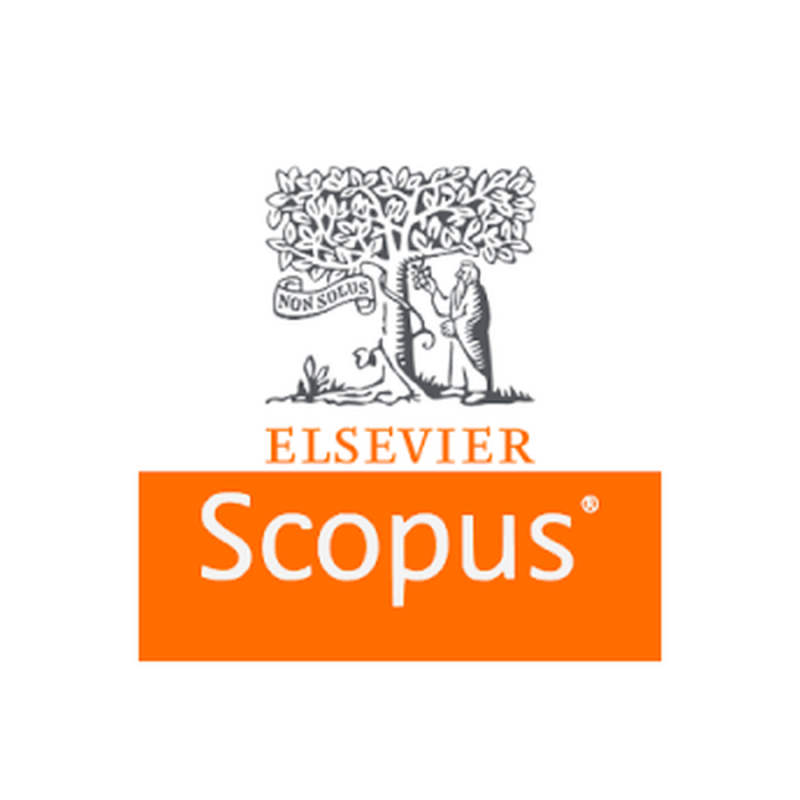Copper Pollution Parameters in Some Iraqi Soils
Abstract
This study aims to find out the level of pollution in some agricultural land soils of areas located in central and southern Iraq (Dujail, Abu Ghraib, Hilla, Nasiriyah, Diwaniyah, Kut, Amara, and Qurna). Eight soil sample are collected for the years 2022-2023 to evaluate the degree of copper (Cu) contamination. Soil pollution is evaluated by choosing three indicators; first, is the geochemical accumulation index (Igeo); second, is the enrichment factor (EF); and third, is the contamination factor (CF). The results show that the heavily textured soil contains percentages of clay, silt, and sand ranging between (245-550), (321-500), and (90-299) g kg-1 respectively. pH is alkaline, pHS (7.6-7.9), electrical conductivity, ECe (4-56) dS m-1, carbonate minerals (212-375) g kg-1, and low soil organic matter, (SOM) (4-11) g kg-1, and the total copper content ranges from (32.08-45.50) mg kg-1. The contamination factor (CF) ranges between (1.07 and 1.52), and the enrichment factor (EF) ranges from (0.46-0.65) with an average of (0.54). The results of our soil models show a decrease in enrichment factors (EF) and soil pollution. While the values of the geo-accumulation index (Igeo) ranges from (-0.36) to (-0.51). So, it is clear from these results that the soils of the study areas are moderately to highly polluted. Therefore, the diversity of geological and human sources of copper contamination in the soil of the study area is reflected by these factors.



